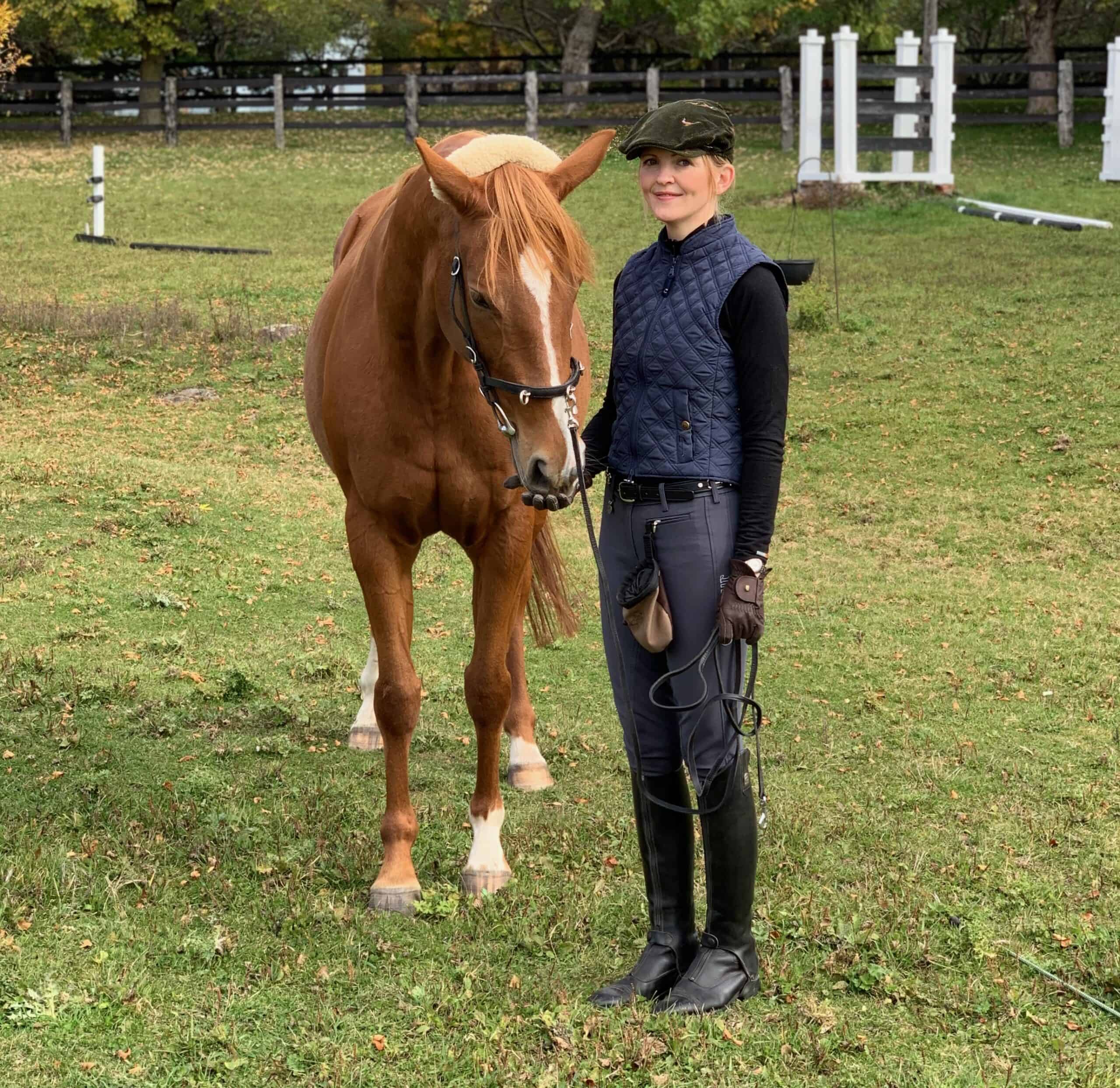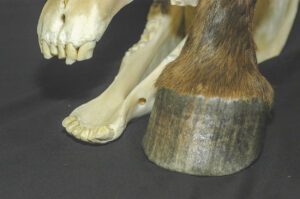Mare Colostrum Quality Effects on Foal IgG Levels and Weight

Newborn foals need colostrum—the first milk a mare produces after giving birth—to receive vital antibodies that help protect them from disease. To build strong early immunity, foals must consume colostrum within the first 24 hours of life, while they still can absorb those antibodies.
In some cases, if a mare produces poor-quality colostrum or if a foal doesn’t get enough colostrum or can’t absorb the antibodies, it can lead to failure of transfer of passive immunity (FTPI)—commonly called failure of passive transfer—leaving the foal more vulnerable to illness and less likely to survive.
In a recent study, researchers at the University of Glasgow, in Scotland, including Kirsty Gallacher, BVMS, MRCVS, MANZCVS, Dipl. ACT, and Katherine Champion, MSc, examined the relationship between mares’ colostrum quality and foals’ weight and immunoglobulin G (IgG) levels. Katie Denholm, BVMS, MVSc (Epi), PhD, senior clinician at the university’s School of Biodiversity One Health and Veterinary Medicine, said the group measured associations between:
- Foal risk factors such as sex, birth weight, month and year of birth, and serum Immunoglobulin G (IgG) concentration;
- Dam age and colostrum Brix (%)—a method using a Brix refractometer that measures the concentration of solids contained in the colostrum such as antibodies);
- Serum IgG and daily and weekly live weight gains; and
- mare colostrum Brix (%) and foal serum IgG concentration (measured between 12 and 24 hours after birth).
Examining Mare Colostrum IgG, Foal Serum IgG, and Foal Weight
The researchers weighed and measured the serum IgG concentrations in a total of 535 Thoroughbred foals within 20 hours of birth daily for the first seven days of life, and then weekly until the foals were 130 days old. They also measured colostrum in the 177 mares, finding a moderate correlation between foal serum IgG concentration and mare colostrum IgG concentration (as estimated by Brix). However, foal serum IgG concentration did not significantly correlate with foal average daily weight gain during the study.
Denholm said while sex of the foal was not significantly associated with serum IgG concentrations, for every increase in foal birth weight (per kilogram unit), the research team saw small but significant increases in foal serum IgG concentration (0.04 grams). However, when they investigated weight categories, foals in the higher birth weight categories tended to have lower serum IgG concentrations. “Veterinarians tend to be concerned for the overall health status of lower birth weight foals, but our findings may raise increased concern for large birth weight foals and for due diligence in testing serum IgG levels in all foals,” she said.
Denholm and her research colleagues also found that foals born later in the year had lower colostrum Brix (%) values and gained less weight per day on average, compared to those born earlier. Additionally, “increasing dam age at foaling was linked with lower colostrum Brix (%), and serum IgG (grams/liter) concentration was associated with year of birth of the foals, foal birth weight (kg) and colostrum Brix,” Denholm said.
For every percent increase in mare colostrum Brix, Denholm observed small but significant increases in foal serum IgG concentration (0.25g/L). “Of the 112 colostrum samples with low Brix, 89 resulted in foals with serum IgG concentrations less than 4g/L (indicating FTPI),” said Denholm. “This suggests that further high-quality colostrum supplementation for these foals (as per breeding farm protocol) may not be happening promptly enough to allow for absorption through the foals’ neonatal enterocytes (specialized cells in the small intestine of neonates that play a vital role in absorbing colostral milk proteins such as immunoglobulins) before they become impermeable to large IgG molecules.” This can potentially compromise foal immunization and long-term health.
Take-Home Message
Denholm and her fellow researchers noticed a correlation between mare colostrum quality and foal IgG levels; however foal IgG levels did not commonly correlate with their weight gain. Larger newborn foals likely need a higher volume of high-quality colostrum shortly after birth to confirm passive immunity, said Denholm. Over the course of the study, Denhom and her team noticed a trend toward larger foals, which highlights the need for colostrum management and quick decision-making regarding therapeutic dosage by breeders and veterinarians.
The study, “Mare colostrum quality and relationship with foal serum immunoglobulin G concentrations and average daily weight gains,” was published in Equine Veterinary Journal in January 2025.

Related Articles
Stay on top of the most recent Horse Health news with

















